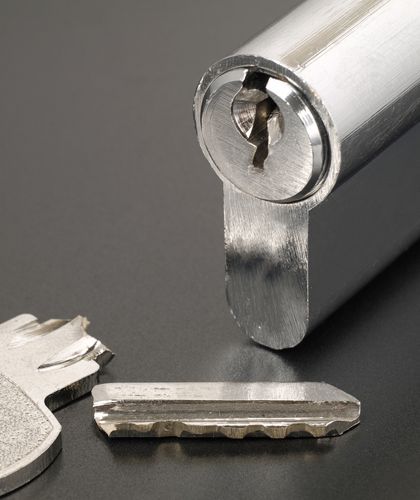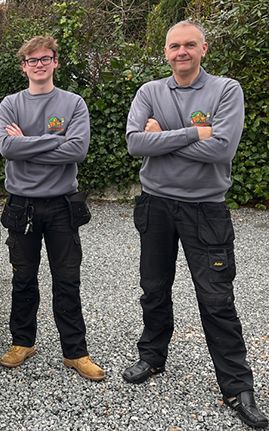




Locks4Less Locksmiths Limited is a local independent family run company based in Essex, run by Arthur Greenway - a real local locksmith that is fully trained, Trading standards approved and DBS Checked.
Locks4less is a family run business with no ties to larger companies or call centers, our prices are fair and fixed with free no obligation quotes. We are one of the most competitive locksmiths in the Essex area.
We don't falsely advertise low prices to win customers over and then hike them up once on your doorstep.
Training & Experience
Established in 2009, Arthur Greenway has had extensive training at the Matrix Locksmith Training Centre, and additional training at the Island Locksmith Training Centre. Arthur focuses on non-destructive methods, and has gained a wealth of experience and knowledge in his 15+ years of practicing locksmithing.
Products & Services
At Locks4Less we offer the following products and services: Locks from Yale, Chubb, Era, ABS, Legge and union, all types of insurance approved locks including: Euro profile locks, oval locks, mortice locks, night latch, sash locks, dead bolt, 3 lever and 5 lever locks, upvc door locks, upvc multipoint systems, garage door locks and patio door locks. We offer the following services 7 days a week: lock outs, lock fitting, replacement lock, lock upgrade, landlord lock change, broken keys removed.
From the owner Arthur Greenway:
During busy periods I may need to pass you to one of my fellow hand picked locksmiths who I network with. If you require fast assistance I trust them to deliver the same high standards of service at all times but if they fall short or you have any complaints please let me know ASAP.
Locks4less is not a large corporate company and to provide a genuine 24 hour service through the night I may divert my phone to a fellow local locksmith Simon who I trust to deliver the same standards as myself.
Many companies advertise 24 hour and then when you call no answer, I will always do my best to ensure you get assistance in your hour of need and a call to Locks4less is not a waste of your time.








We are a small local locksmiths servicing Chelmsford offering local locksmith services. We are not a call Centre or franchise, when you call you will speak to Arthur the locksmith direct. For great value local rates.
Call now Freephone
0800 542 9995 or 01245 860051.